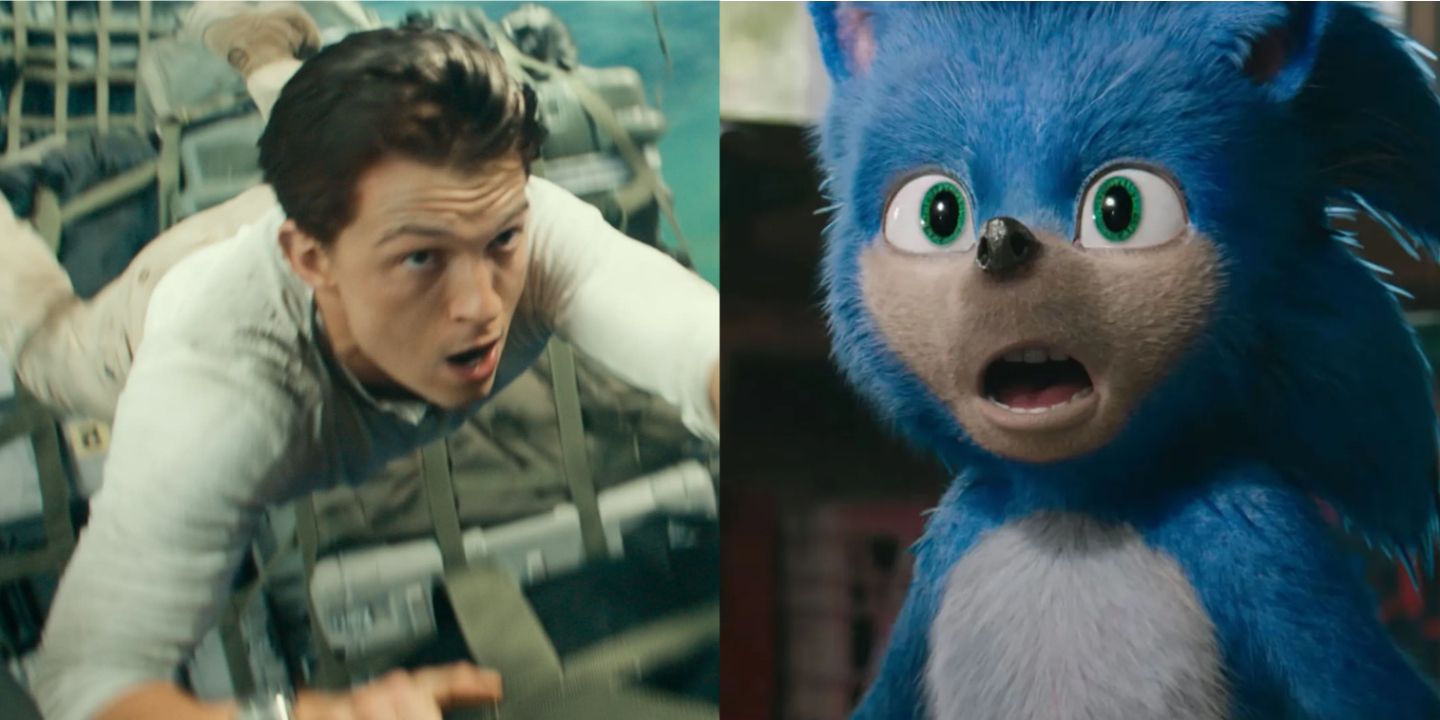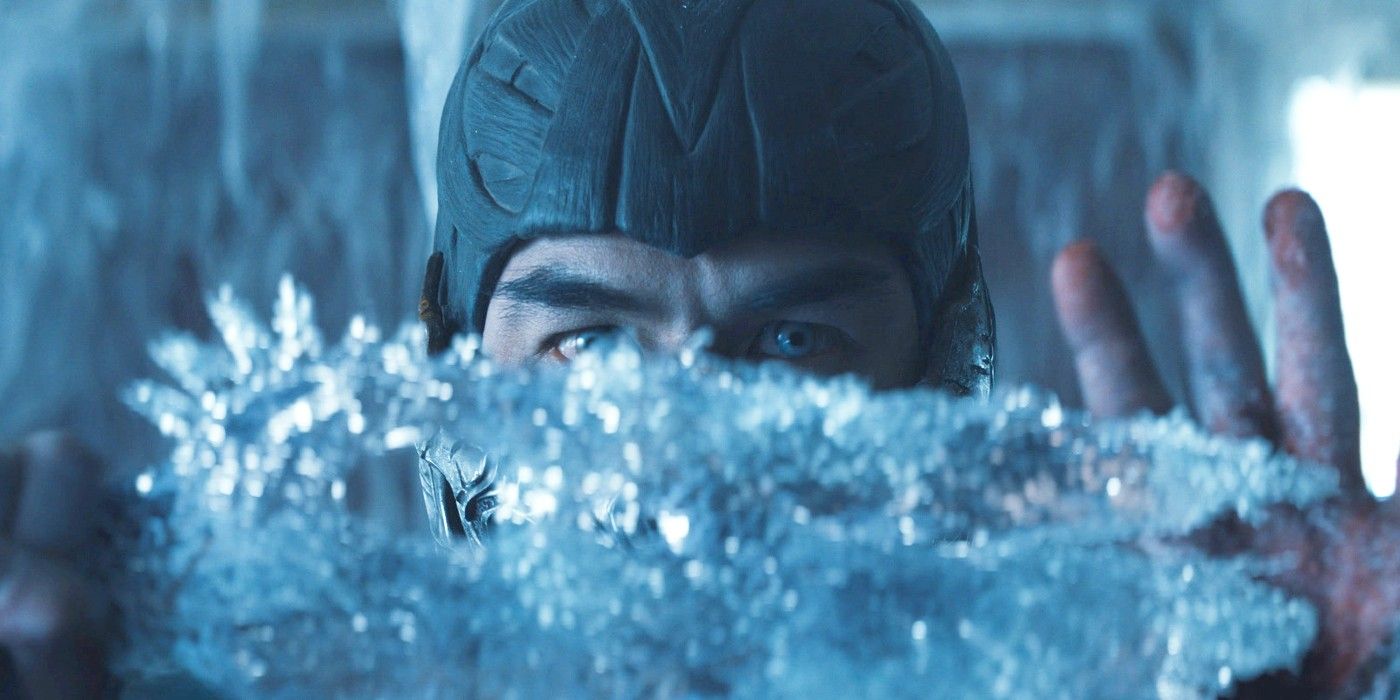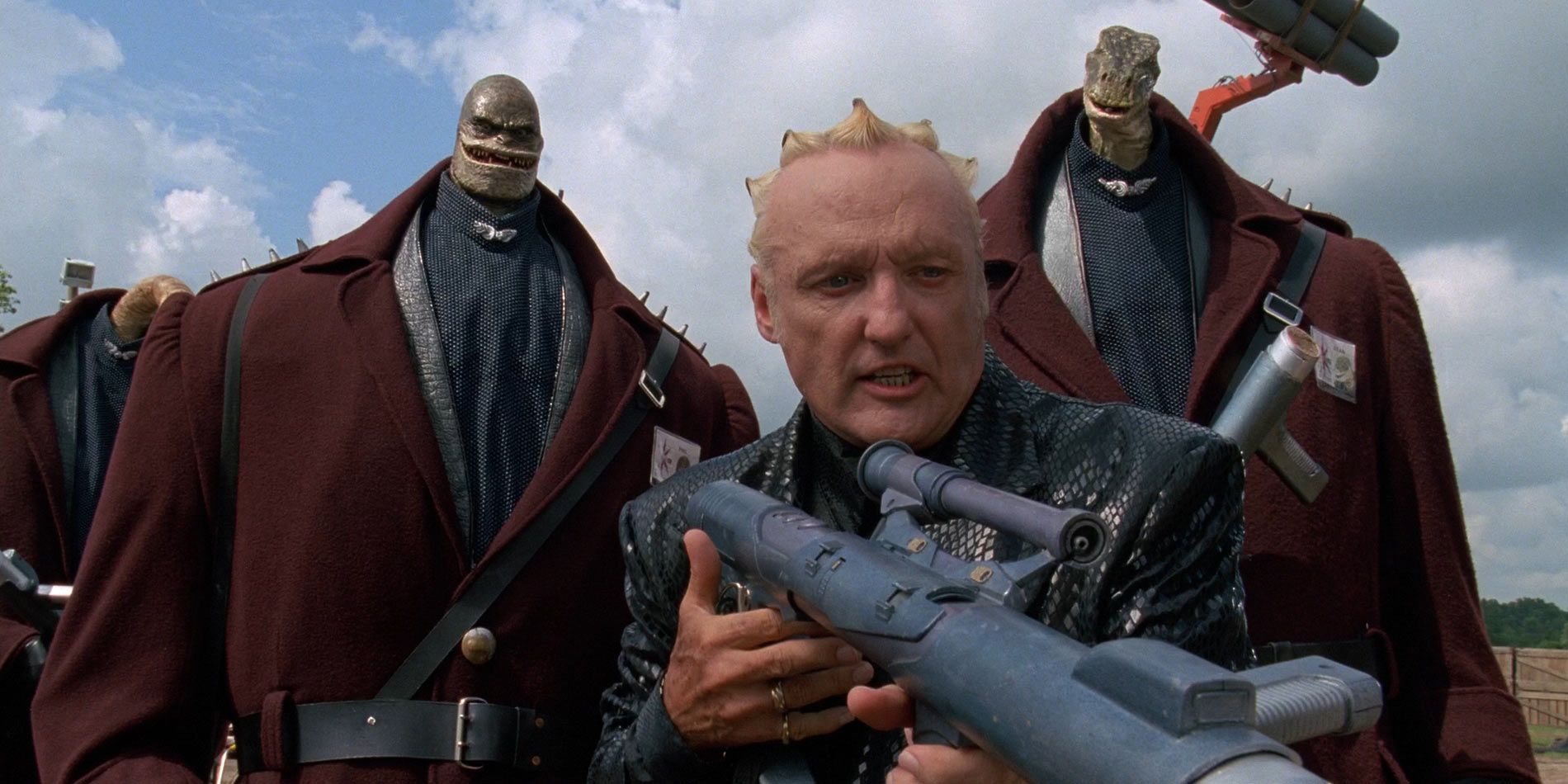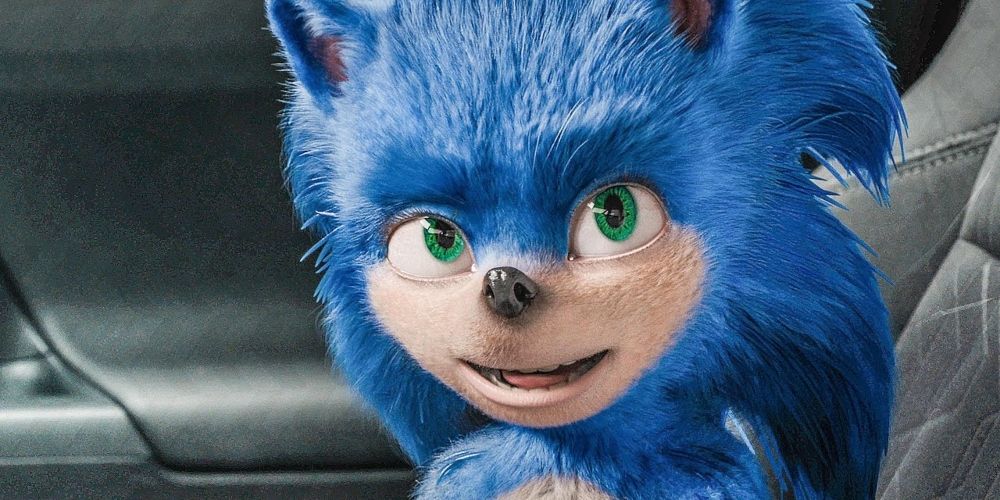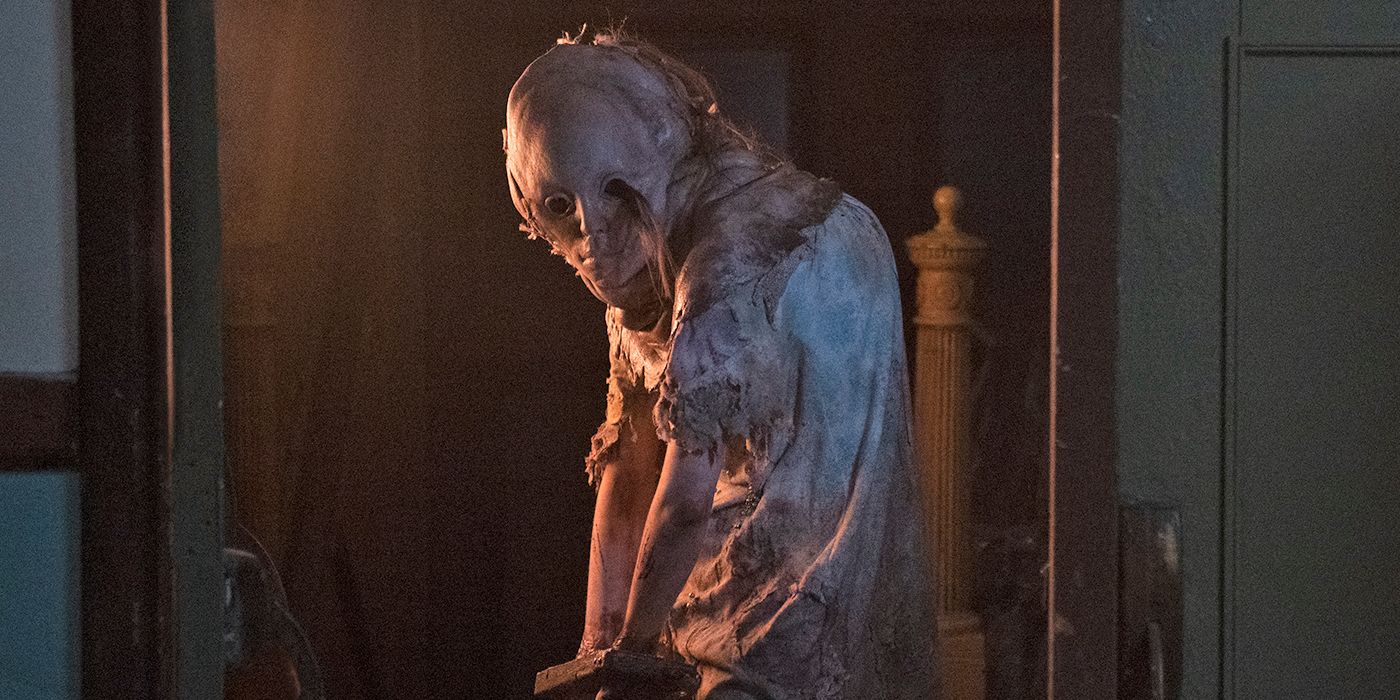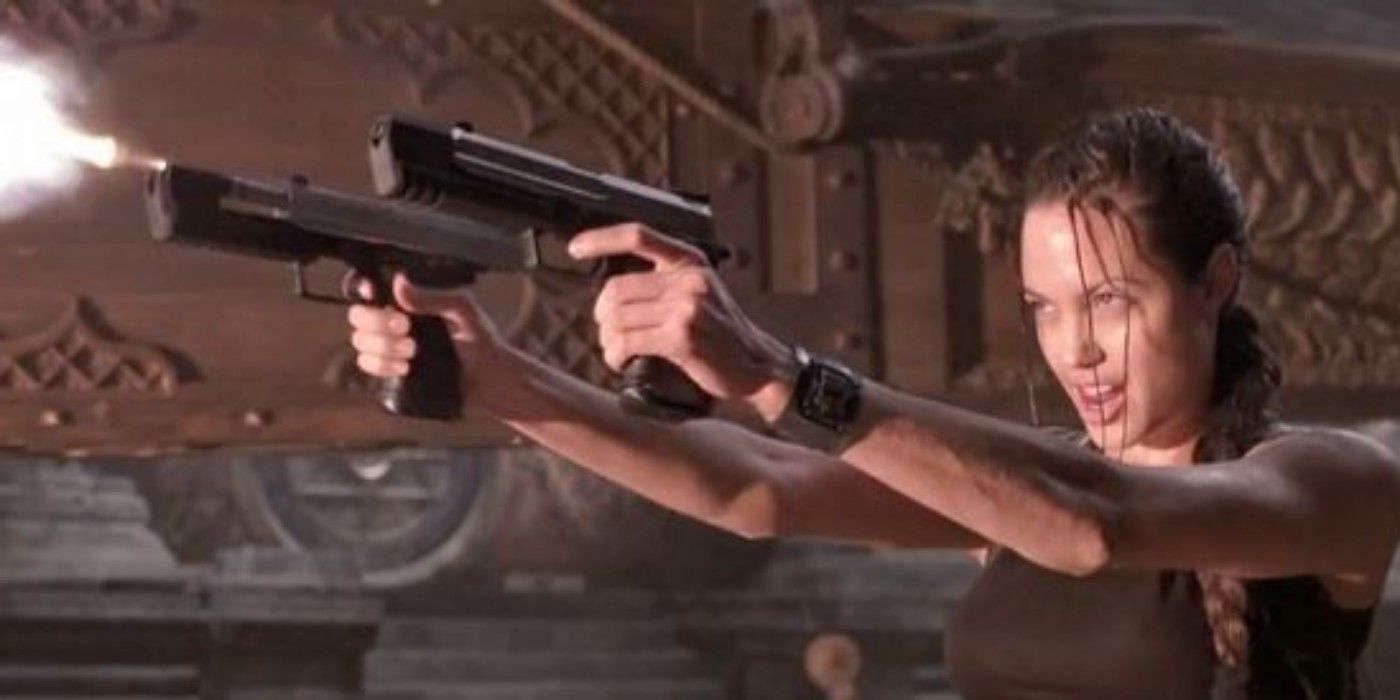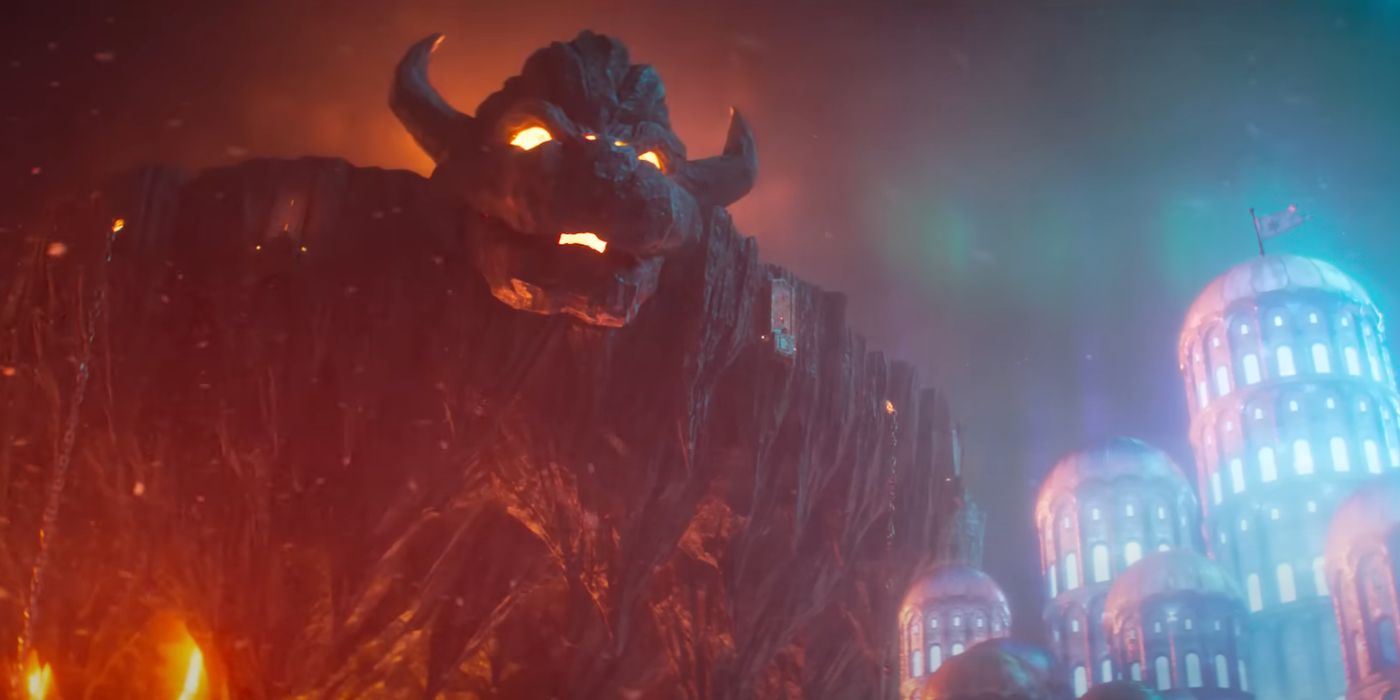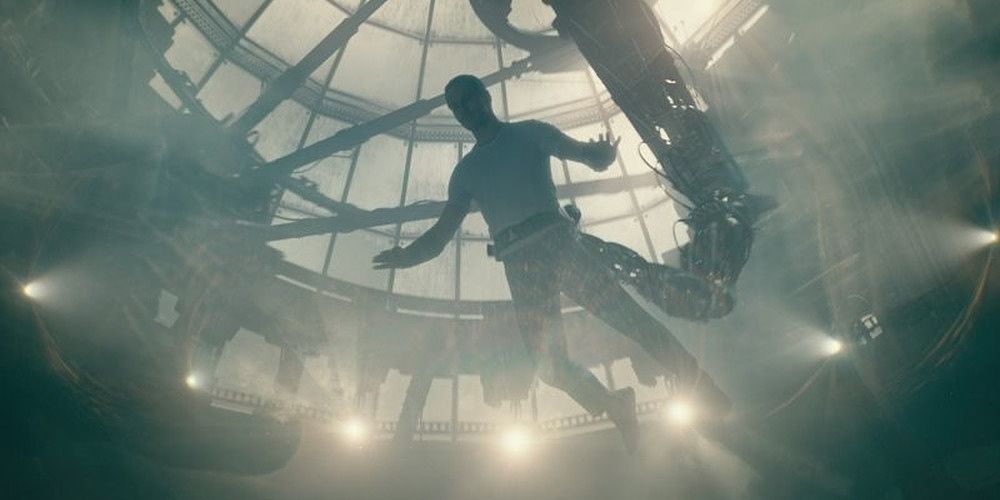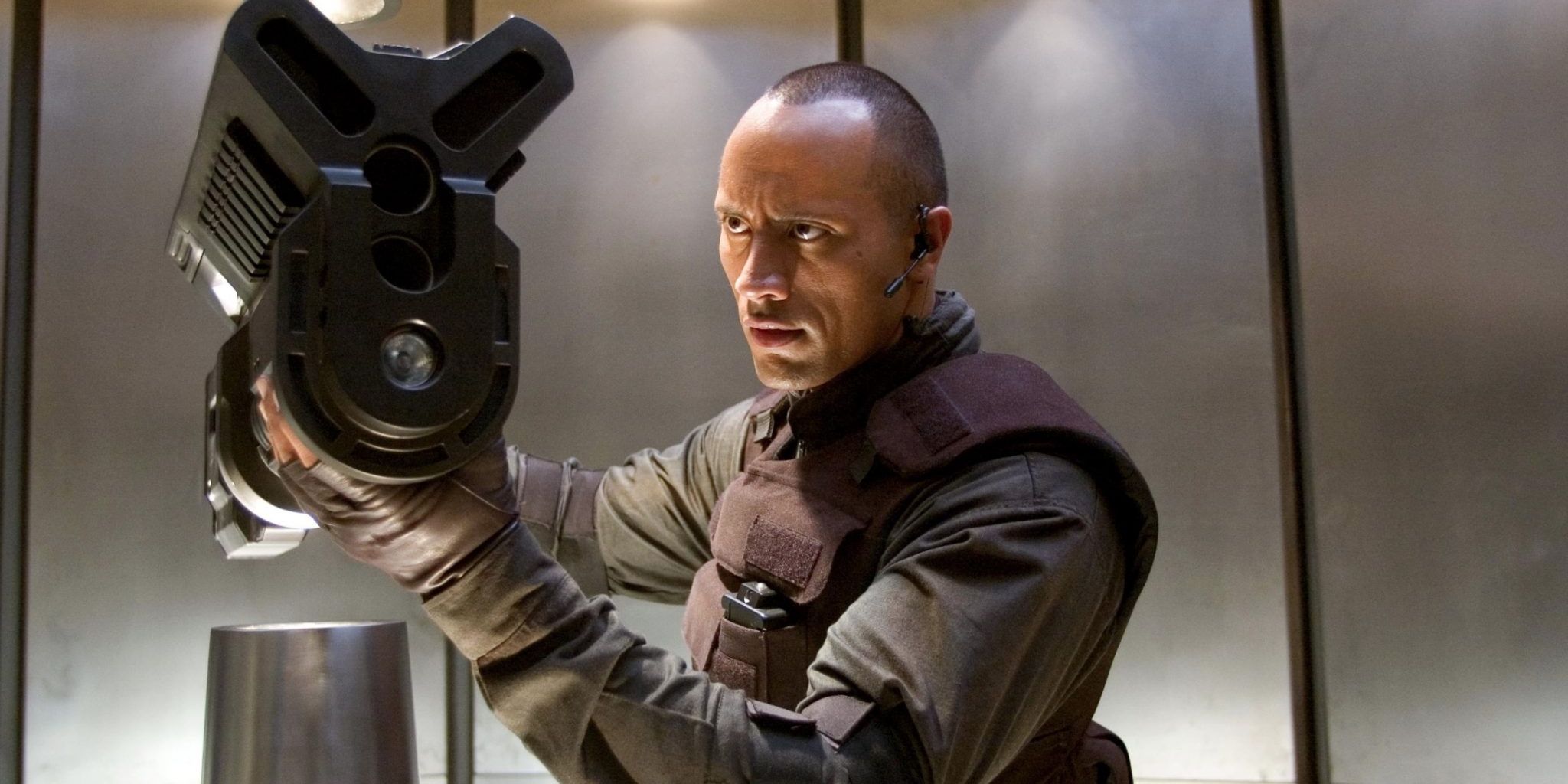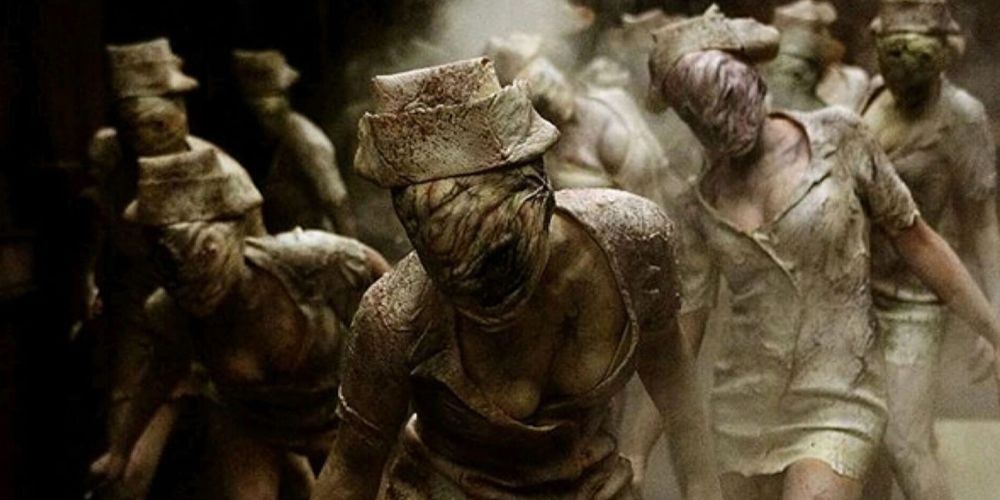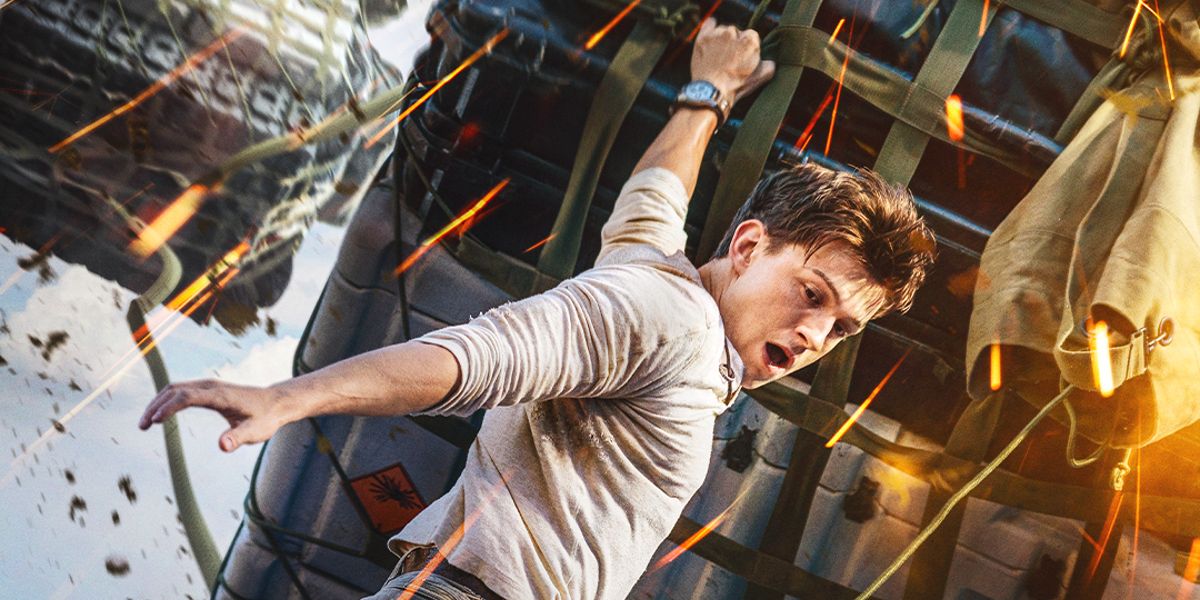The movie industry continues to see grand rewards for the greater risks that it takes. It’s fascinating to see a volatile genre like video game adaptations slowly shed its cursed stigma. Video game movies are hardly a recent trend, but these adaptations can now command the box office and greenlight multiple sequels and spin-offs rather than coming and going to minimal fanfare.
There’s more of a market than ever for video game adaptations, both in movie theaters and on television, which is shown by 2023's The Last of Us series. Most recent video game movies are considerable improvements over the material from the 1990s and early 2000s. However, filmmakers are still making serious mistakes.
10 Making Too Direct Of An Adaptation
One of the biggest hurdles faced in any adaptation is that there’s a compulsion to perfectly replicate its source material. By definition, an adaptation needs to incorporate change. The sheer fact that a video game and a feature film are different forms of media is proof that a movie can’t be a 1:1 recreation of a video game.
Nevertheless, many video game movie directors equate changes with mistakes. There’s a fear to diverge from the original story when there should be excitement about how to reinvent a game’s most powerful sequences. An “accurate” adaptation isn’t equivalent to a good one.
9 A Fear To Have Fun And Taking Themselves Too Seriously
Mainstream perceptions of video games have made tremendous progress over the past two decades, which has also translated into more successful video game adaptations. However, there was a period where video game movies seemed to be embarrassed over their source material. Some filmmakers feel compelled to turn it into high art, even when that wasn’t the aim of the video games.
There are certain video games movies like Super Mario Bros. or Street Fighter: The Movie that almost feel averse to fun. An overly serious tone is an easy way to ruin a playful video game adaptation.
8 Needlessly Bending Toward Fan Feedback And Ideas
There’s a fine line between incorporating feedback from fan communities and catering to their every demand. Once directors begin to give in to these requests, it can be a slippery slope toward constant criticisms and opinions. There’s nothing wrong with considering feedback, but it’s also important to have confidence in the movie’s producers and creative team.
A tendency to appease the fans can be given more weight than simply telling a strong story. The redesign of Sonic’s character model in Sonic the Hedgehog is a good example of this, even though it worked to the film’s advantage.
7 Filmmakers Attempt To Adapt Multiple Games Instead Of One
The video games that get chosen for movie adaptations often have full franchises. This can cause the movie to feel like it needs to play catch up and tackle something more ambitious than purely the events of a franchise’s inaugural game. It’s become fairly common for a video game movie to cram two, or even three, games’ worth of story into a single film.
This approach isn’t inherently flawed, but without the right development it can feel like a mess that doesn’t do its source material justice. Sonic the Hedgehog 2 and Resident Evil: Welcome to Raccoon City both fall prey to this problem.
6 Creating An Inauthentic Personality For A Game's Main Character
There are plenty of video games that feature protagonists with rich personalities. However, there is also a popular trend in gaming where the main character functions as more of a blank slate that the player can mold. Sometimes, they don’t even talk, which serves to deepen this level of immersion.
This approach works fine in a video game, but it’s problematic for a feature film. A hero can’t lack a distinct personality. Accordingly, many video game movies will attempt to create their own persona for these video game icons, which don’t always mesh with what audiences had in their imaginations.
5 Filmmakers Overlook The Importance Of World-Building And Setting
Video games immerse audiences in rich, expansive worlds and so much of the initial experience is built around exploration and learning the new normals of the game’s world. Video game movies are so focused on action, adventure, and story that there’s a desire to hit the ground running, which frequently means that basic world-building gets neglected.
A wide shot of a new world is hardly the same thing as getting to run through it and explore its many nooks and crannies. Filmmakers often have the mentality that characters in game-accurate costumes is enough to make a good adaptation, while crucial settings go overlooked.
4 Too Much Fan Service That Alienates Outsiders
Video game movies need to decide if they want to be geared toward casual audiences who are learning about this property for the first time or the hardcore fandom that’s already been immersed in these worlds through video games. A balance between these extremes is typically the right approach.
However, there are still cases where too much reverence toward video game iconography can seem strange to the rest of the audience. The Doom movie glorifies its powerful BFG in a way that only makes sense to the franchise’s existing fans. The same is true for how the Assassin’s Creed movie dives deep into its Animus technology without a proper primer.
3 An Attempt To Mimic The Video Game's Aesthetic
There is a wide range of video games to explore, all of which present different types of stories, characters, and experiences, but some unique genres play and look different to others. For instance, first-person shooters are an incredibly popular genre. These games adopt a camera perspective that ostensibly puts the player in the eyes of their character.
An entire movie that’s done in first-person is a trying experiment, but this tactic has been explored in the past. 2005’s Doom movie briefly adopts an FPS aesthetic, which was an attempt to recreate the original game, but it largely falls flat in the movie.
2 Movies Fail To Recreate The Creatures, Visuals, And Environments
Some extremely chaotic stories are told in video games. They feature unbelievable monsters, incredible powers, and surreal visuals that feel more appropriate in the gaming world than a live-action movie. It’s always impressive when movie franchises like Resident Evil, Silent Hill, or Sonic the Hedgehog go for broke and don’t shy away from the unique creatures and settings that helped put their games on the map.
The cinematic recreation of these elements can look great. That being said, these achievements can still fall short of the lofty expectations of a game franchise’s fans.
1 They Think More Like Blockbuster Movies Than Video Games
An adaptation’s undoing is often that video game movies are treated like films, not games. There’s natural dissonance when a video game is filtered through another medium and needs to adhere to its rules and trends.
Video game movies still love to indulge in blockbuster casting that takes an actor’s box office draw into account more than if they’re the best fit for a role. Some video game fans refuse to check out a title’s cinematic counterpart because they’re so against the movie’s casting and direction.

